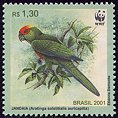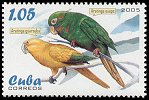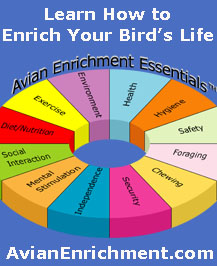Conures
|
"Conure" is a generic term that is used to classify a diverse group of parrots that have similar physical traits. It is not a specific scientific grouping of parrots. There are many different species of conures (see partial list below) that are classified into several genera. They come in a rainbow of color combinations and vary significantly in weight and size. The smallest conure is the Painted Conure which is 9" in length. The largest conure is the Patagonian Conure that can be up to 18" in length. A conure's beak is usually short and broad and either black or horn-colored. They have slender bodies and depending on the species, their tapered tails may be short or long! Sometimes it is possible to tell the males from the females by the male's wider eye-ring. Conures are very intelligent and extremely popular around the world as companion birds. Conures are sometimes referred to as "clowns" because of the way they sway back and forth in a dancing motion, hang upside down, and constantly demand attention! They also have a reputation for being very boisterous and often, very loud. Conures do have the ability to learn to talk and learn tricks. |
|
|
|
|
|
The conure's habitat is very diverse, depending on the species. Habitat can vary from lowlands and woodlands to farmlands (where conures may be considered pests to crops). Some species of conures can be found in pantanal regions, which are the world's largest tropical wetlands in Brazil. There are even feral populations of Nandays in the United States. Feral flocks have been found in Florida and Southern California. In the wild, conures are very social and can be found in flocks of twenty birds or more. They stay in touch with each other with their loud vocalizations. Most conures make their nests in tree holes. However, several species prefer to burrow holes into arboreal termite mounds and other build their nests in rock crevices in cliffs. A conure's diet will contain the standard wild parrot fare: grass seeds, berries, nuts, flowers, buds, fruits, insects and grains. Many of the conure species, including the beautiful Sun Conure and the Golden Conure, are endangered due to loss of habitat and illegal trapping for the pet trade. Watch a video of feral Blue-crowned Conures in Florida: Video Player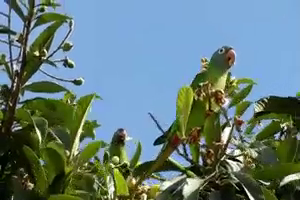 00:00 00:00 |
Listen to Blue-crowned Conures in the wild: Audio Player Aratinga acuticaudata View a video of a Mitred Conure in a tree eating mangoes: Video Player  00:00 00:00 View a video of Patagonian Conures eating clay:  00:00 00:00 |
|
|
|
|||||||||||||||||||||||||||||||||||||||||||||||||||||||||||||||
|
To see more pictures and obtain information about individual cockatoo species click on the links below:
*Life span size and weight all vary greatly by species |
(source: bird-stamps.org)
 00:00 00:00 |
Related Articles
 Parrots of the Americas
Parrots of the Americas
 Parrots of the Caribbean
Parrots of the Caribbean







































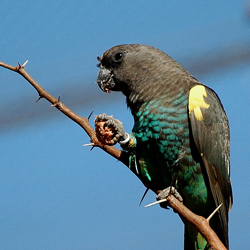



























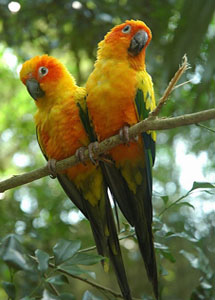
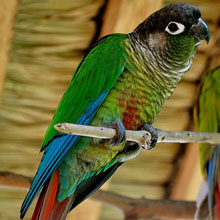
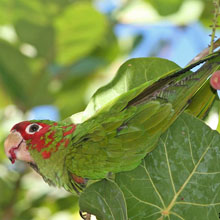
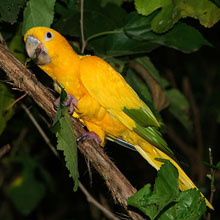
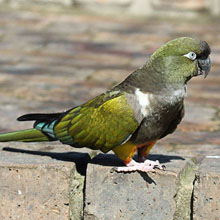
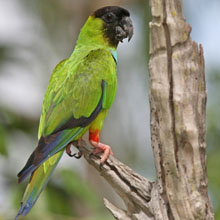

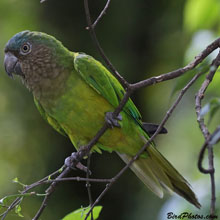
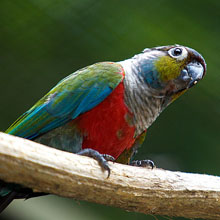
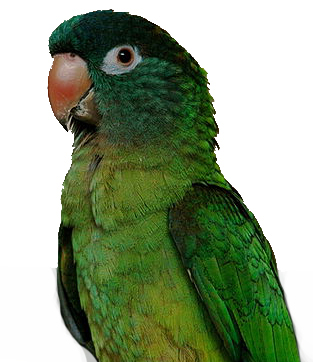

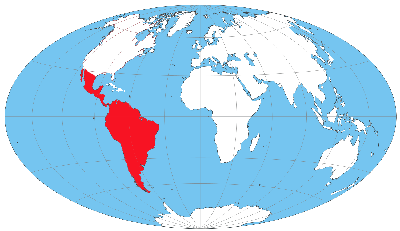 Conures originate from the Earth's Western Hemisphere, throughout Central and South America. Some species even found in the Caribbean Islands and Mexico.
Conures originate from the Earth's Western Hemisphere, throughout Central and South America. Some species even found in the Caribbean Islands and Mexico.

